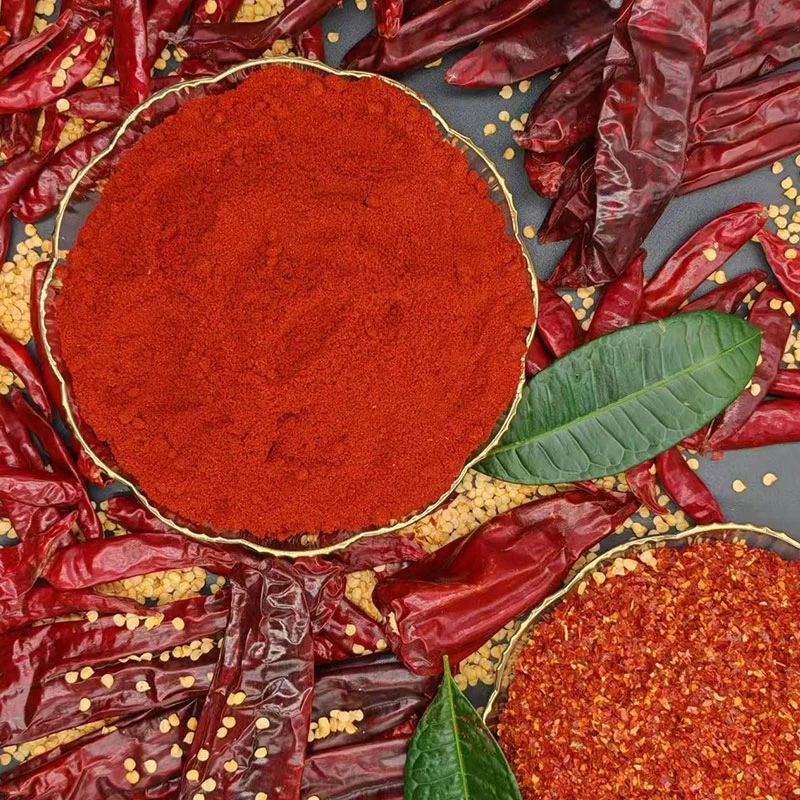- No. 268 Xianghe Street, Economic Development Zone of Xingtai city, Hebei 054001 China
- Byron@hbhongri.cn
homemade paprika
The Art and Delights of Homemade Paprika
Paprika, a vibrant red spice derived from ground bell peppers and chili peppers, holds an esteemed place in culinary traditions across the globe. While it is readily available in stores, nothing compares to the experience and flavor of homemade paprika. Making your own paprika not only ensures freshness and quality, but it also allows you to customize the heat and flavor profiles to suit your culinary preferences.
The Origins of Paprika
Paprika has its roots in the Americas, where peppers were first cultivated. Over the centuries, it made its way to Europe, particularly Hungary and Spain, where it became a cornerstone of their cuisines. Hungarian paprika, known for its sweet, rich flavor, contrasts with the more smoky and robust varieties found in Spanish cuisine. Understanding these regional nuances can greatly enhance your cooking, especially when you choose to make your own version.
Choosing Your Peppers
The first step in making homemade paprika is selecting the right peppers. Depending on your desired flavor profile—sweet, spicy, or smoky—you can experiment with various types of peppers. For a sweeter paprika, opt for bell peppers or Hungarian sweet peppers, while for a spicier kick, consider using cayenne or other hot varieties. If you’re aiming for a smoky flavor, those little smoked peppers, sometimes referred to as pimentón, are an excellent choice.
The Drying Process
Once you've selected the peppers, the next step is to dry them. Drying concentrates the flavors and allows for long-term storage. You can dry peppers using several methods
1. Air Drying This is the most traditional method and involves hanging the peppers in a well-ventilated area away from direct sunlight. Depending on the humidity and temperature, this can take several days to weeks.
2. Oven Drying If you want faster results, set your oven to the lowest temperature (around 140°F or 60°C), and place the peppers on a baking sheet. Keep the oven door slightly ajar to allow moisture to escape. This method usually takes a few hours, so be sure to check frequently.
homemade paprika

3. Dehydrator For those who have a food dehydrator, this is the most efficient way to dry peppers. Follow the manufacturer's instructions for drying times and temperatures.
Grinding Your Peppers
Once your peppers are fully dried, it's time to transform them into paprika. Using a spice grinder or a mortar and pestle, grind the dried peppers to your desired consistency. If you prefer a finer powder, continue grinding until you achieve that texture. Keep in mind that homemade paprika can have a more intense flavor than store-bought, so start with small amounts in your cooking to get accustomed to the strength.
Flavoring Your Paprika
To further personalize your homemade paprika, consider adding other spices during the grinding process. A pinch of garlic powder, onion powder, or cumin can elevate the flavor, making your paprika even more versatile. Additionally, you can mix different types of peppers to create a balance of sweetness, heat, and smokiness that perfectly fits your palate.
Storage and Usage
Once you have your homemade paprika, store it in an airtight container in a cool, dark place. Properly stored, homemade paprika can retain its flavor for up to a year. However, for the best taste, it's recommended to use it within six months.
Now that you have your own paprika, the culinary possibilities are endless. Sprinkle it on roasted vegetables, mix it into sauces, or use it as a seasoning for meats. It’s also the key ingredient in many traditional dishes, such as goulash or paella, where it can elevate the overall flavor profile.
Conclusion
The process of making homemade paprika is both rewarding and flavorful. It connects you to the rich history of this spice and allows for creativity in the kitchen. So gather your peppers, experiment with drying techniques, and create a spice that reflects your taste. The rich, deep flavor of homemade paprika is sure to inspire your cooking for years to come. Embrace the art of making your own paprika, and elevate your dishes to new culinary heights.
-
Turmeric Rhizome Powder: A Golden Treasure from Roots to TableNewsJul.28,2025
-
The Versatile Application Of Crushed Red Hot Peppers: Lighting Up The Red Flames On The Dining TableNewsJul.28,2025
-
The Paprika: A Touch Of Vibrant Red In Color, Flavor, And CultureNewsJul.28,2025
-
Ground Turmeric: A Modern Examination of an Ancient SpiceNewsJul.28,2025
-
Capsicum Liquid Extract: Features, Applications, and ChallengesNewsJul.28,2025
-
Application of Capsicum Liquid Extract in FoodNewsJul.28,2025







